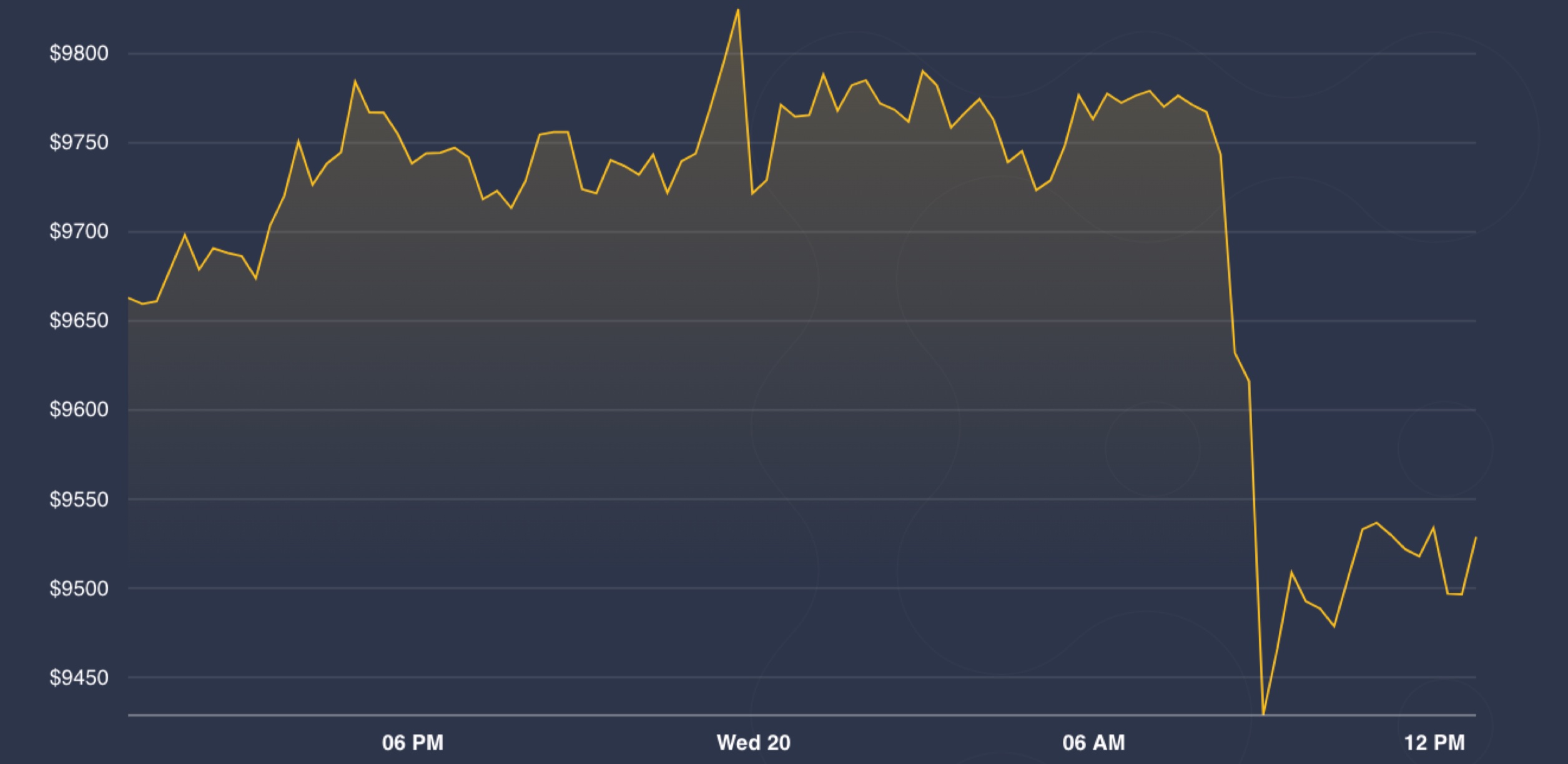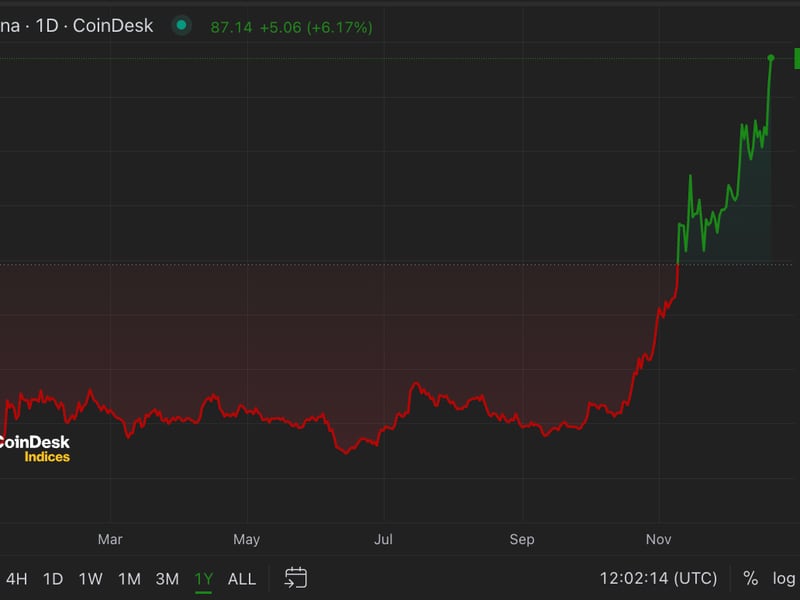Pixel Penguins, an NFT Charity Scam, Shows Dangers Of NFT Influencer Culture
Achieving influencer status on social media is something that many up-and-coming non-fungible token (NFT) collectors dream of. Hidden behind profile-picture (PFP) NFTs are figures who send “gm” messages, share the latest crypto news and boost morale within the Web3 community when the market takes a blow.
Many of these influencers have amassed tens of thousands – sometimes millions – of followers. But with a large following comes a responsibility to act in good faith, knowing that their tweets may sway opinions about whether to buy or sell an NFT.
The role becomes less glamorous when an influencer promotes an NFT project that turns out to be a scam.
On Tuesday morning, Web3 influencer Andrew Wang posted a Twitter thread promoting an NFT collection called Pixel Penguins. In his post, he shared that one of his friends named “Sarah,” or Hopeexist1 on Twitter, had been battling cancer since and released the collection to raise money for her hefty medical bills.
“I’ll put my rep on the line to say this is for real amidst all the scams in our space,” said Wang. “I speak with her art teacher often when she’s gone for treatment and he says she’s the best student he’s ever had, that her talent is too precious, that she must survive.”
According to Wang’s thread, each NFT in the pixelated art collection was $13 to mint, with 20% of the profits donated to charity while the rest would be used to pay for Sarah’s treatment. The collection was not new – it was launched in February, and Twitter user LeviNotAckerman previously shared a similar story about the Pixel Penguins collection in April.
Wang’s tweet gained traction on Twitter, and soon many users, likely encouraged by his conviction, began to mint Pixel Penguins to help her cause. Within hours of the initial thread, Pixel Penguins sold out and began to trend on secondary marketplace OpenSea, with its floor price raising to 0.07 ETH, or about $130, on Tuesday evening.
However, as the day wound down, Twitter users began to suspect that the project was not all it claimed to be. Soon, users uncovered dubious tweets from Sarah’s account dating back to 2021 and resurfaced prior accusations of stolen artwork. Some even suggested that her cancer diagnosis was made up to attract donations.
But the damage had already been done. Soon, the Hopeexist1 Twitter account was deleted, along with other traces of the account across the internet.
As rumors intensified, pseudonymous crypto sleuth ZachXBT shared ETH addresses linked to the Pixel Penguin NFT collection, showing that the contract had amassed nearly 61.6 ETH, or about $117,000. Two hours later, ZachXBT shared that 63.5 ETH, nearly $119,000, of the funds earned from the project were distributed across two new wallet addresses. While users who had been duped rushed to figure out how to recoup their losses, the scammers apparently deposited funds into a wallet on cryptocurrency exchange OKX, further obfuscating their paper trail.
“I wanted to help a struggling artist that was battling cancer,” shared Twitter user DachshundWizard, who wrote that he had been taken advantage of. “I felt like I could use the momentum from today of giving hundreds of thousands to people for nothing for good – it worked, but it turned into a rug and I was taken advantage big time.”
As of publishing, the collection’s floor price has plummeted to 0.004 ETH, or about $7. Still, the collection has raked in 216 ETH, or about $403,000, in trading volume, according to OpenSea.
Many NFT collectors who fell for the apparent rug pull began directing their anger at those they felt misguided them, especially Andrew Wang.
In the hours after the Hopeexist1 story imploded, Wang posted a follow-up thread denouncing the collection and apologizing for his role in its promotion.
“I didn’t have the proper wisdom to navigate something like this,” wrote Wang. “Hearing a story as heartbreaking as hers, backed up with art that she was making, made it hard for me to be objective.”
He tweeted that he had spoken to someone claiming to be her teacher before buying her artwork, which gave the allure of legitimacy.
“I would say that I would be better in the future, but to be honest, I’m not sure that I would be any different,” Wang wrote. “I personally feel hurt and cheated … and I feel more terrible that the community bought into Pixel Penguins following me being one of the people who shared her story. I’m deeply sorry about that.”
For some, the apology was not enough, considering the impact of his promotion among his thousands of followers. Another user pointed out that he had posted another thread promoting her work in December 2022.
“How did you verify her story?” asked ZachXBT. “Ngl most people probably minted bc of your thread.”
“I bought one of her pieces, trusting you had verified this,” said user Rocketgirl.
Wang declined to be interviewed for this story.
The crypto community has gravitated towards social media sites like Twitter and Discord for years in order to find community and anticipate price movements. As PFP projects grew in popularity, NFT enthusiasts took to the platform to show off their holdings and develop followings around their digital identities. This has led to an influx of influencers with thousands of followers evangelizing and pushing NFT collections, often without any oversight.
Investments are always risky, especially in the crypto space, and even more so when dealing with NFTs that have an artistic or emotional value attributed to them. It can be difficult to discern honest projects from grift, which is why influencers often position themselves as trusted thought leaders.
But scam after NFT scam has served as a reminder that trusting one source explicitly without doing your own research – a tenet of the crypto space – is a fool’s errand.
Thousands of jittery users tuned into a Twitter Space on Tuesday night to hear from a handful of influencers, including Wang, about the Pixel Penguins scam.
While the discussion focused on the lies that were used to prop up the project, Twitter user Fetty spoke up about the greater implications of influencers promoting collections that sometimes turn out to be rug pulls.
“I’ve kind of heard people iterate the point that it’s really hard to do due diligence, or like, we can’t blame [influencers] for not realizing this was a scam,” said Fetty. “If you’re going to be in a position of influence like this… or even try and support projects, you have to take responsibility.”
Wang responded, claiming that he never meant to provide any investment guidance or push individuals to mint NFTs from the collection.
“Please don’t ever take what I say as trading advice,” said Wang. “If I hinted at that today with my tweets, I don’t think I did, but because that’s where the space is … I’m sorry.”
While some jumped to Wang’s defense, others pointed out that this is often a familiar playbook used by influencers to absolve themselves of responsibility.
In April, former journalist and Web3 influencer Nicole Benham promoted the free mint of the Blocky Doge NFT collection, created by Dogecoin founder BillyM2K. As she hyped the collection on Twitter spaces, she also dumped 220 of the 250 Blocky Doge NFTs she owned. According to data from OpenSea, the collection’s average price lost half of its value in 24 hours.
After receiving backlash, Benham tweeted that she was “doing my best to rectify the situation,” though others doubted the authenticity of her apology.
In February, NFT collection Friendsies deleted its Twitter account, raising concerns that the project was a scam. In the process of uncovering details of the collection, Twitter users pointed fingers at Web3 show Rug Radio host Farokh and artist Jen Stark – who each have tens of thousands of followers – for their prior promotions of the project.
As with many other digital subcultures, NFT communities have flourished online and leading voices in the space have emerged. But oftentimes it feels as though the NFT space is particularly lawless, and influencers face little consequences for their actions that ultimately impact thousands.
Ultimately, the onus is on each individual collector to properly scope out a project before investing funds. Still, these familiar stories serve as a reminder that while you may feel you “know” an influencer, you rarely know their motivations and how well they’ve actually vetted a project.
Edited by Rosie Perper.









